This guest blog post is brought to you by brush-baby, experts in children’s oral care. At brush-baby, we know that starting a toothbrushing routine early can help set your little one on the path to healthy teeth and gums for life. Read on to discover essential tips and products that make toothbrushing easy, fun, and effective for babies and toddlers!
Your baby’s dental development starts before birth! From the moment you’re six weeks pregnant, tooth buds begin forming, and by the time your baby is born, 20 tooth buds are already under their gums, waiting to erupt as primary teeth. Knowing when and how to begin your baby’s toothbrushing routine can set them up for a lifetime of healthy smiles. So, when should you start brushing your baby’s teeth, and what’s the best way to go about it?
When Should I Start Brushing My Baby’s Teeth?
As soon as the first tooth appears – usually around six months – even if it’s just one tooth! Using a soft-bristled brush on teething gums not only offers comfort but also introduces a toothbrushing routine.
Check out the Chewable Toothbrush which taps into your baby’s natural chewing instinct, helping them get used to brushing. Paired with a dab of teething gel or toothpaste, it soothes and cleans the gums and emerging teeth.
When Should I Use Toothpaste?
Start using toothpaste when the first tooth appears. For babies up to age three, a smear of fluoride-free toothpaste will do. If you want a gentle option, our Teething Toothpaste with Camomile and Applemint is a great choice. It soothes, cleans, and contains Xylitol to fight plaque, Fluoride to strengthen enamel, and a baby-friendly Applemint flavour.
Can I Use Just Water?
Before your baby’s first tooth, cooled boiled water with a clean cloth is great for wiping away milk deposits. When you’re on the go, handy DentalWipes are a convenient, hygienic option. Keeping your baby’s gums clean is important to prevent bacterial build-up, inflammation, and teething pain.
What If I Don’t Brush Their Teeth – What Could Happen?
Brushing helps keep teeth clean, breath fresh, and prevents “dummy breath” in babies. Even a single tooth can decay, and once two teeth touch, flossing becomes essential. Plaque can harden into tartar, which is difficult to remove. Fluoride helps strengthen developing teeth, and Xylitol can help prevent plaque formation.
How Often Should I Brush? Do I Clean After Each Feed?
Start a regular toothbrushing routine early. Clean your baby’s gums after every feed to remove milk deposits. For toddlers, aim for two minutes of brushing in the morning and evening. This not only sets up a good habit but also minimises toothbrushing struggles later.
Can It Be Fluoride Toothpaste?
Yes! Fluoride strengthens milk teeth enamel. There’s no need to rinse with water after brushing as it can wash away the fluoride from the toothpaste, allowing your little one to benefit from its protective properties.
Why Choose a Non-Fluoride Toothpaste?
Many areas have fluoridated water, so some parents opt for non-fluoride toothpaste. This choice is often based on personal preference, and some manufacturers offer fluoride-free options for those who prefer them.
What Type of Toothbrush Is Best?
Choose a toothbrush that your baby likes! If they enjoy it, they’ll be more likely to keep using it. A small brush-head, soft, tapered bristles, and a design that’s easy for little hands to hold are ideal. We recommend the Chewable Toothbrush, or the FirstBrush, both perfect for tiny mouths. And if you’re considering an electric toothbrush, our BabySonic Toothbrush even has a built-in light to check on tooth development.
Can Toddlers Brush Their Teeth Themselves?
Toddlers may think they’re ready to brush their own teeth, but they still need supervision. Toothbrushing should cover all four quadrants of the mouth, and it can take a few minutes. Our BabySonic Electric Toothbrush has a 2-minute timer that pulses every 30 seconds to help guide your toddler’s brushing time. Encourage them and check that they’ve done a thorough job!
At What Age Can My Toddler Brush Their Teeth on Their Own?
Generally, when a child can tie their own shoelaces, they have the manual dexterity to brush properly. Until then, brushing should still be supervised to ensure they’re brushing correctly. Enthusiasm is key, but so is checking their work after.
Does the Toothbrush Change as They Get Older?
As teeth emerge and eating habits evolve, the risk of plaque and decay increases. It’s important to ensure your child is brushing correctly. As they get older, they’ll need a toothbrush with a larger brush-head and bi-level bristles to help clean effectively between the teeth and remove food debris. Our bi-level bristles are ideal for deep cleaning.
How Soft or Hard Should the Bristles Be?
For babies and toddlers, soft bristles are essential. They are gentle on developing tooth enamel and sensitive gums, but still effective at removing plaque and food debris.
Does Brushing Their Gums Help with Teething?
Yes, brushing a baby’s gums with a soft washcloth or toothbrush can help soothe teething pain and promote healthy oral hygiene even before teeth appear. Our Chewable Toothbrush is soft enough for teething babies and can be chilled in the fridge for extra relief.
What If My Baby Doesn’t Like Their Teeth to Be Cleaned? (Tips on ‘Difficult’ Babies)
Don’t force it! Make toothbrushing fun. Here are some tips:
• Start Early and Gently: Keep the sessions short and gradually increase the duration.
• Make It a Game: Sing songs, play games, or make silly noises to entertain them.
• Let Them Hold the Brush: Giving your child control can make brushing more enjoyable.
• Use Two Toothbrushes: Let them hold one while you use the other.
• Show Them How: Let your baby watch you brush your teeth so they can learn by example.
• Try Different Toothpastes: If your baby doesn’t like one flavour, try a fruity or milder option.
• Be Patient: It may take time for your baby to get used to toothbrushing, but consistency is key.
Takeaway Tips for Baby’s Oral Health: Starting early with a soft toothbrush, fluoride-free toothpaste, and a gentle but consistent routine is the key to healthy teeth and gums. Your baby will thank you for setting them up for a lifetime of good oral hygiene.

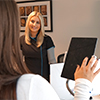
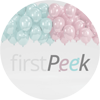
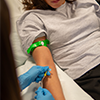
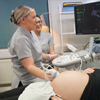
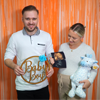
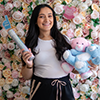
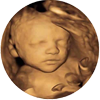


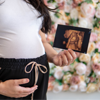
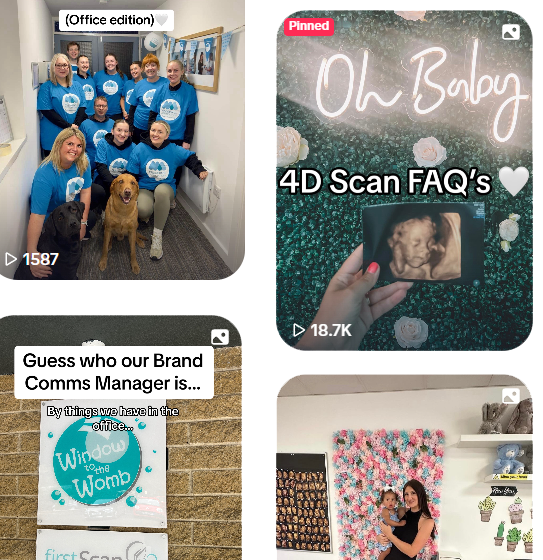
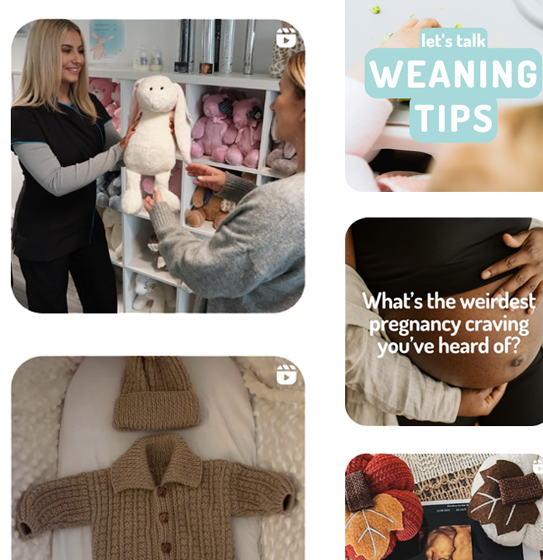
 Packages & Prices
Packages & Prices  Important Info & Policies
Important Info & Policies  Your Scan
Your Scan